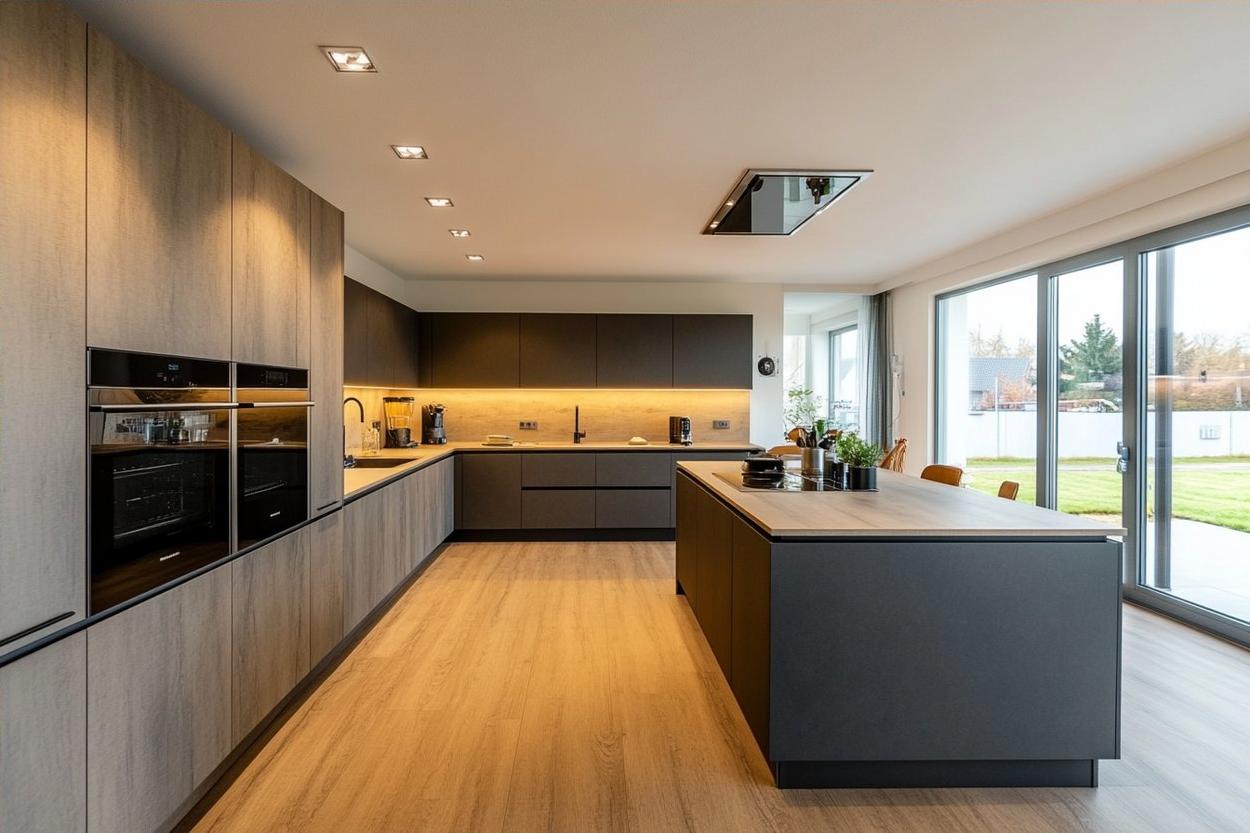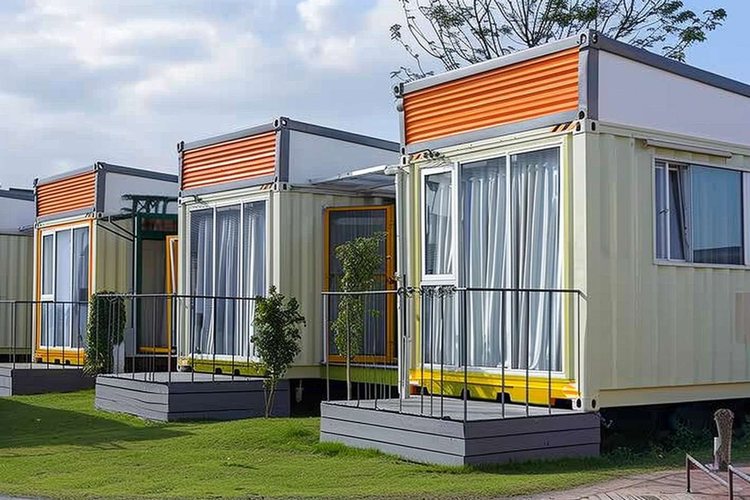Modern Kitchen Design Trends for 2025 in Australia: Minimalist, Functional, Space-Saving Ideas with Natural Materials
As 2025 unfolds, modern kitchen design in Australia is evolving to embrace minimalist aesthetics balanced with warmth, functionality, and sustainability, incorporating innovative materials, smart technology, and eco-friendly solutions to create inviting, efficient, and environmentally conscious spaces. This article explores current trends focusing on natural materials, smart space-saving solutions, and biophilic elements that contribute to inviting, practical, and environmentally conscious kitchen spaces. Australian homeowners are moving beyond stark minimalism, prioritising earthy palettes, open and functional spaces, and customised features that reflect individual styles while optimising every square metre. Below is a comprehensive exploration of the minimalist kitchen design trends notable in Australia in 2025, detailing design choices, materials, storage solutions, technology integration, and ways to enhance space efficiency while considering style.

What Does Embracing Natural Materials and Earthy Colour Palettes Mean for Your Kitchen?
The shift towards natural materials and earthy colour palettes in kitchen design is more than just an aesthetic choice; it’s a reflection of a broader movement towards sustainability and biophilic design. In 2025, Australian kitchens are expected to feature an abundance of natural stone, wood, and other organic materials. This trend not only brings warmth and texture to the space but also creates a sense of connection to the natural world.
Earthy colour palettes, ranging from warm terracottas and sage greens to rich browns and muted blues, will dominate kitchen designs. These colours create a calming atmosphere and complement the natural materials used in cabinetry, countertops, and flooring. The result is a kitchen that feels grounded and inviting, providing a harmonious space for cooking and gathering.
How Are Homeowners Creating Functional Open-Plan Back Kitchens?
The concept of open-plan living continues to evolve, with a new twist emerging in the form of functional back kitchens. These spaces, often referred to as butler’s pantries or sculleries, are becoming increasingly popular in Australian homes. Homeowners are recognizing the value of having a separate area for food preparation, storage, and cleaning that doesn’t interfere with the main kitchen’s aesthetic appeal.
In 2025, these back kitchens are expected to be highly functional, equipped with additional appliances, ample storage, and dedicated workspaces. This setup allows the main kitchen to maintain a clean, minimalist appearance while still providing all the necessary amenities for serious cooking and entertaining. The integration of smart technology in these spaces will further enhance their efficiency, with features like inventory management systems and automated ordering capabilities.
What Strategies Help Maximise Space with Integrated and Concealed Storage Solutions?
As urban living spaces continue to shrink, maximizing kitchen storage becomes paramount. In 2025, Australian kitchens will showcase innovative storage solutions that prioritize both functionality and aesthetics. Integrated and concealed storage will be at the forefront of this trend, with designers finding creative ways to utilize every inch of available space.
Pull-out pantries, hidden appliance garages, and multi-functional island storage will become standard features. Cabinetry will extend to the ceiling, making use of vertical space that often goes unused. Clever solutions like built-in charging stations and customized organizers will ensure that every item has its place, contributing to a clutter-free and visually appealing kitchen environment.
How Does Biophilic Design Enhance Connection Between Indoors and Outdoors?
Biophilic design, which seeks to connect building occupants more closely to nature, will play a significant role in Australian kitchen design in 2025. This approach goes beyond simply adding a few plants to the space; it involves creating a seamless transition between indoor and outdoor areas.
Large windows, sliding glass doors, and skylights will be incorporated to maximize natural light and provide views of outdoor greenery. Indoor herb gardens and living walls will bring nature directly into the kitchen, improving air quality and providing fresh ingredients for cooking. The use of natural ventilation systems and materials that mimic natural textures will further enhance the biophilic experience, creating kitchens that feel like an extension of the outdoor environment.
How Do Designers Combine Warmth with Minimalist Simplicity and Functionality?
The challenge for kitchen designers in 2025 will be to balance the desire for minimalist simplicity with the need for warmth and functionality. This will be achieved through a careful selection of materials and a focus on thoughtful design details. While clean lines and uncluttered surfaces will remain popular, they will be softened by the incorporation of natural textures and warm lighting.
Designers will opt for handleless cabinetry and integrated appliances to maintain a sleek appearance, while using materials like timber and natural stone to add depth and character. Ambient lighting, including under-cabinet LED strips and pendant lights with organic shapes, will create a welcoming atmosphere without compromising the overall minimalist aesthetic.
Smart technology will be seamlessly integrated into kitchen design, with touch-sensitive controls and voice-activated systems replacing traditional knobs and switches. This will further contribute to the clean, uncluttered look while enhancing the kitchen’s functionality and user experience.
As we approach 2025, Australian kitchens are set to become more than just places for food preparation. They will be multifunctional spaces that reflect a commitment to sustainability, efficiency, and connection to nature. By embracing natural materials, maximizing space, and balancing minimalism with warmth, these kitchens will serve as the heart of the home, adapting to the changing needs and values of Australian homeowners.




